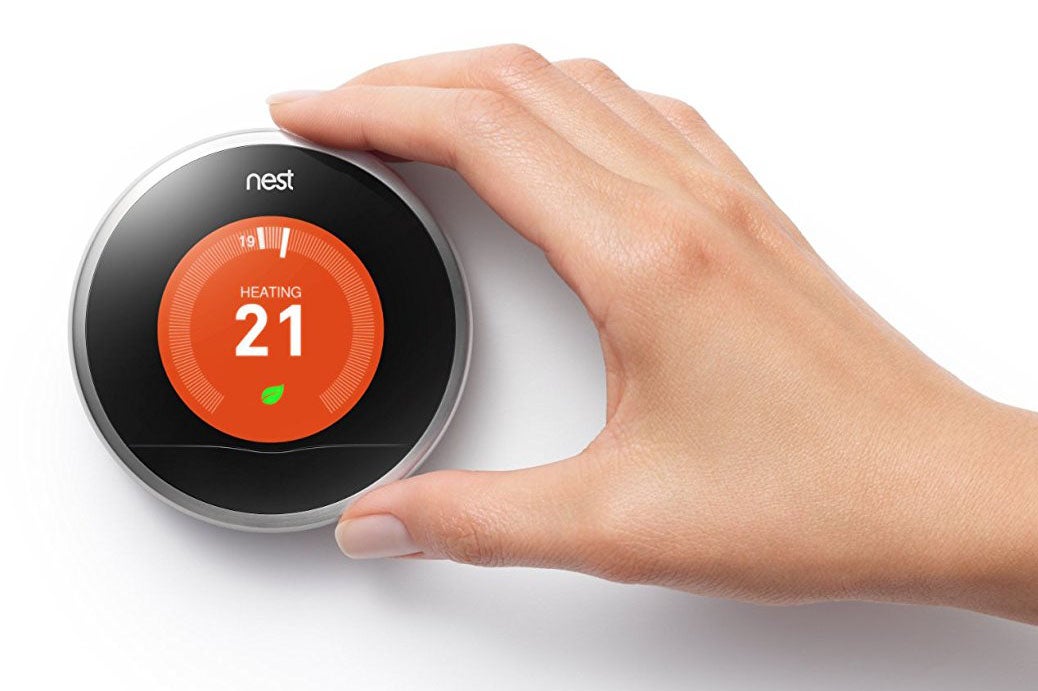How to save money with a smart thermostat
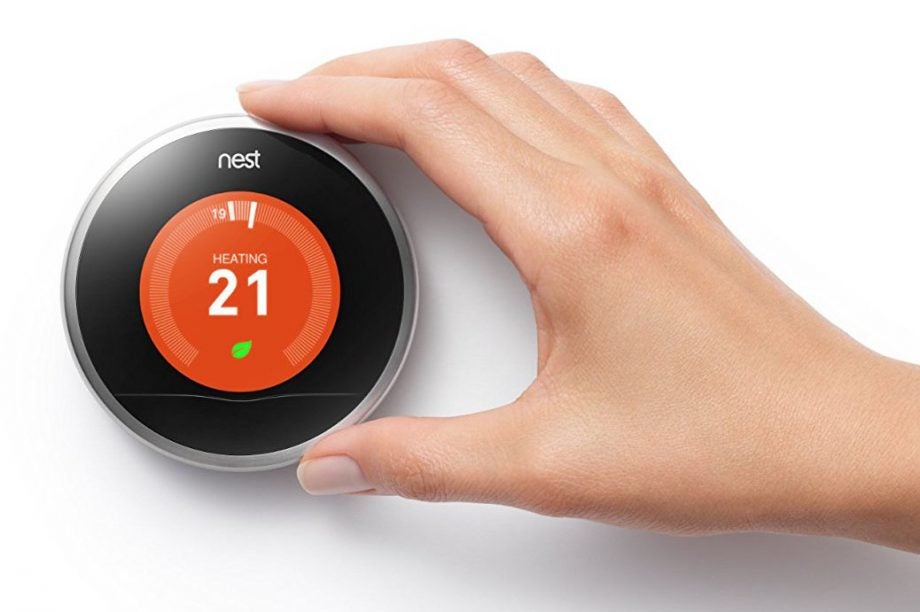
The horrendous rise in energy means that we’re all suddenly very aware of much gas and electricity we use. That’s particularly true during the colder months when our heating is on all of the time. While the huge increase in bills is impossible to fully recoup, a smart thermostat is a great way to save some money, making your heating more efficient.
Exactly how much you save depends on the system you fit, but one of the biggest wins comes through geolocation or motion-sensing: when you’re not there, the heating isn’t running. Many smart systems go further, by letting you vary the temperature during the day, for example, or detecting if you’ve opened a window, or even pulling in weather forecasts to make the most of spring sunlight.
Despite this, it takes time and a bit of fettling to optimise the results you’ll get from even the smartest system. And, as with many smart controls, you might need to optimise low-tech stuff before you can begin to get the most from high-tech investments. To help, here are our tips for optimising your smart home heating.
Tools you need
You can follow these tips with or without a smart thermostat, although you get the best savings when using one. If you want smart radiator valves to save money, you can buy the Tado ones and run them with any heating system, although a full integrated multi-room heating system will save you more money.
The short version
- Fix the basics
- Check your target temperature
- Upgrade your boiler connection
- Adjust your boiler temperature
- Build a smart schedule
- Get in the zone
- Use the reports
- Use modes to save money
- Don’t leave your heating on all of the time
- Fix the basics
Nothing wastes money like a drafty house, or a lack of insulation. Check windows and external doors, if necessary replacing seals or getting them serviced to improve weatherproofing. Use draft excluders to plug gaps under doors, and test for subtle drafts with incense smoke.
Experts recommend at least 250mm of loft insulation – if you’ve got less, top-up. Finally, fit thermostatic radiator valves (TRVs) if you don’t already have them; they’ll save you money and give you greater control.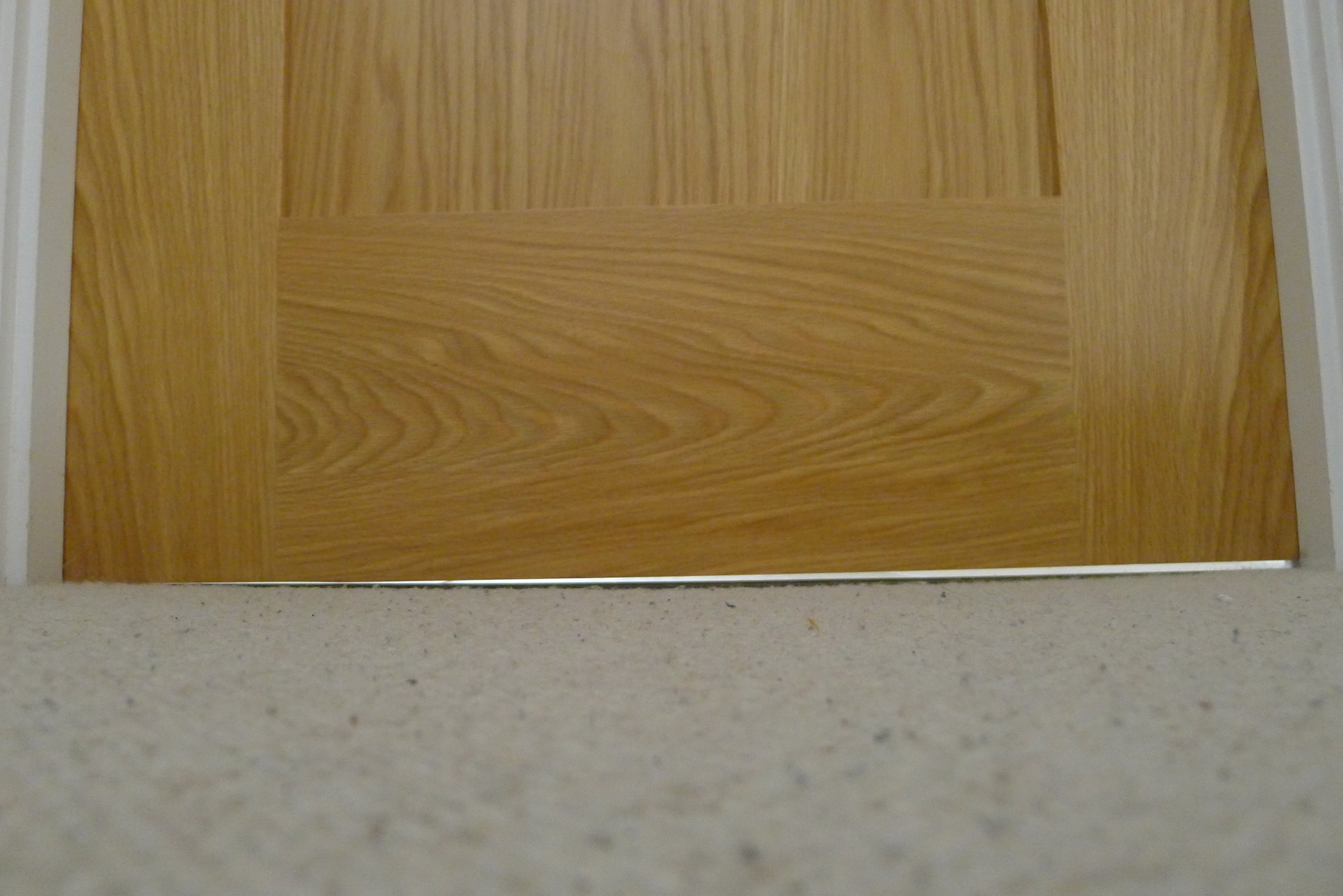
- Check your target temperature
If you’re using a single thermostat, make sure that the target temperature you set can be reached. This is particularly true if you’ve put a radiator with a TRV near to the thermostat, and you’ve turned the TRV right down. In this case, your smart thermostat will take longer to reach its target temperature and shut down, which may cost you more money in the long-run. In this case, try adjusting the TRV to get the balance right between comfort and your thermostat turning off.
- Upgrade your boiler connection
If you have a smart thermostat that supports OpenTherm and a boiler that correctly supports the protocol, you should use this connection. Rather than simply turning your boiler on or off when water is required, OpenTherm allows a smart thermostat to modulate the boiler’s heating temperature so that you save more energy and keep your home at a more comfortable temperature. See, what is OpenTherm? for more information.
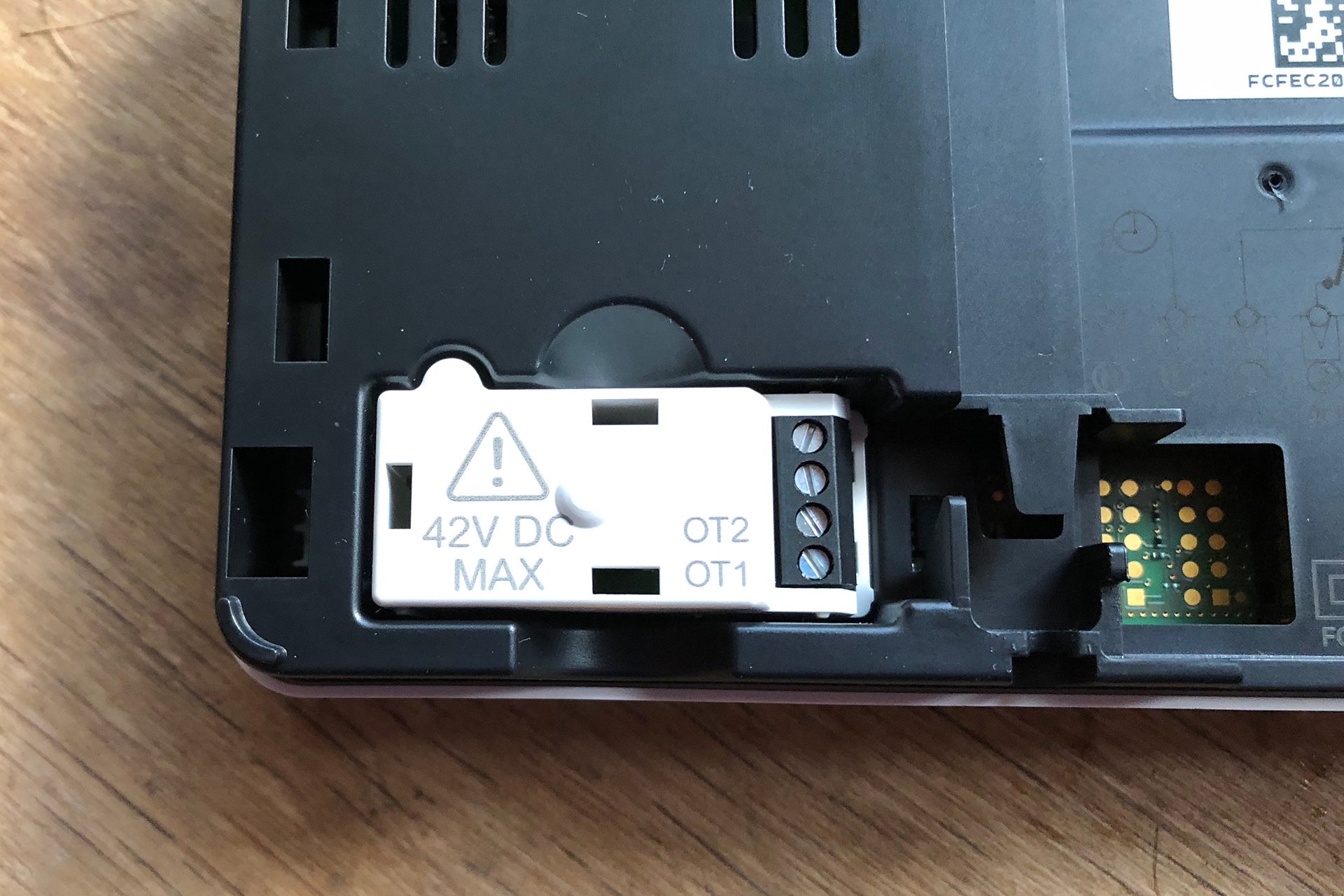
- Adjust your boiler temperature
Consult the engineer when you have your boiler serviced, or handbook, about your boiler’s optimum temperature. Modern condensing boilers are most efficient when in condensing mode, which requires a return temperature of 55℃ or less. The return is water coming back into your boiler after it’s been pumped around your home, with heat “lost” from the output going into your home to heat.
Usually, you can set a separate water temperature for the heating system. Many new boilers will have an eco mode, highlighted on the dial or screen. Select a temperature at this level or below to run your boiler in condensing mode.
Typically, a hot water temperature of around 65℃ should see a return of 55℃ or lower. Try dialling your radiator temperature down further; if your house isn’t heating up to the desired level then turn up the heating. In extreme cold spells, you may need to turn the temperature up.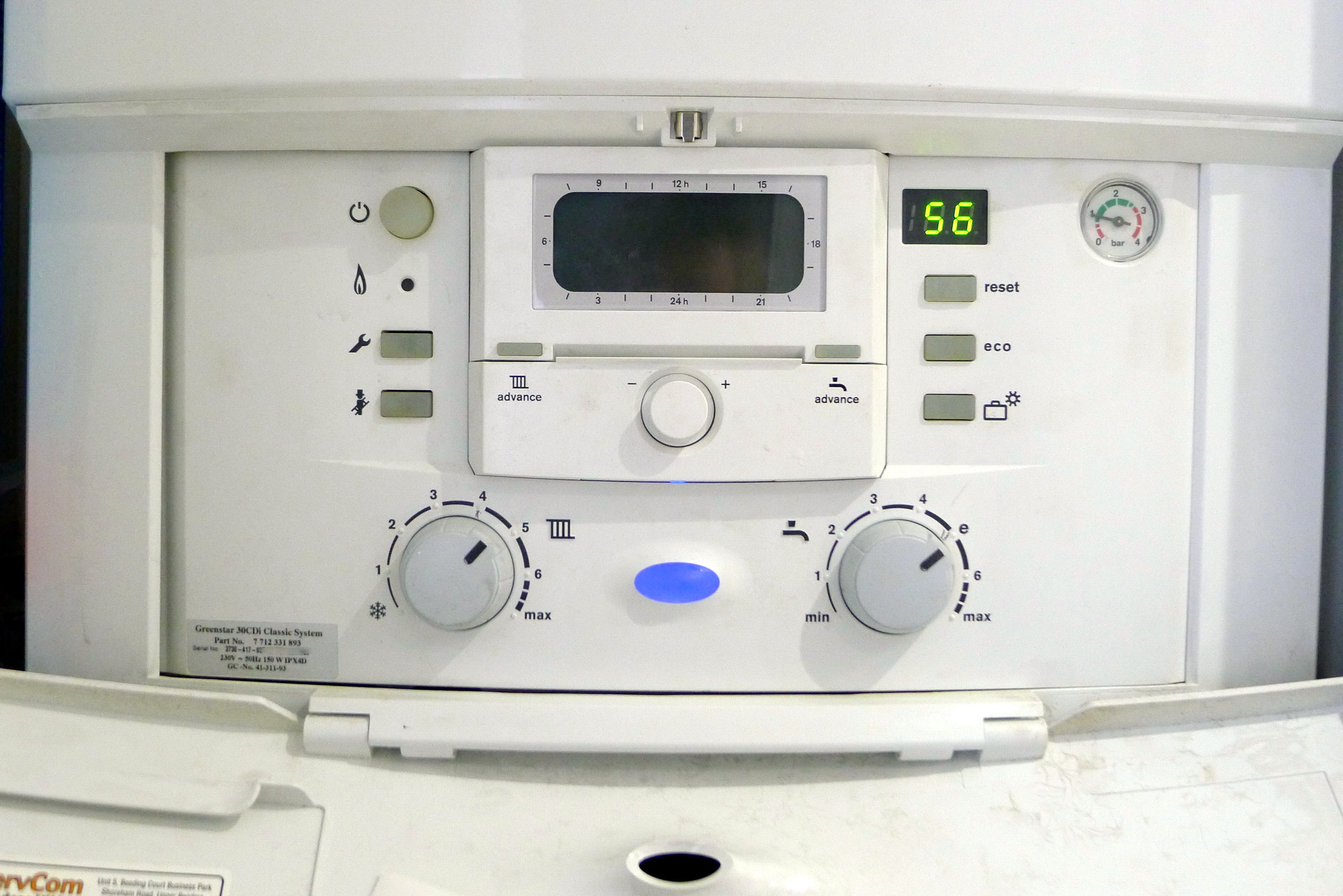
- Build a smart schedule
According to the Energy Saving Trust, turning your thermostats down by 1℃ saves around £75 annually, but smart heating lets you do better. Systems such as Nest and Tado learn how quickly your home heats, so you can set temperatures for when you want them, not when you think the heating needs to start work. If necessary, create different schedules for the week and weekend.
People generally prefer cooler temperatures in the morning when they’re active, and most homes naturally warm during the day, so don’t overdo it first thing – particularly if you’re all going out. If your system relies on mobile phones for geofencing, ensure everyone installs the app – you don’t want the kids freezing until you get home.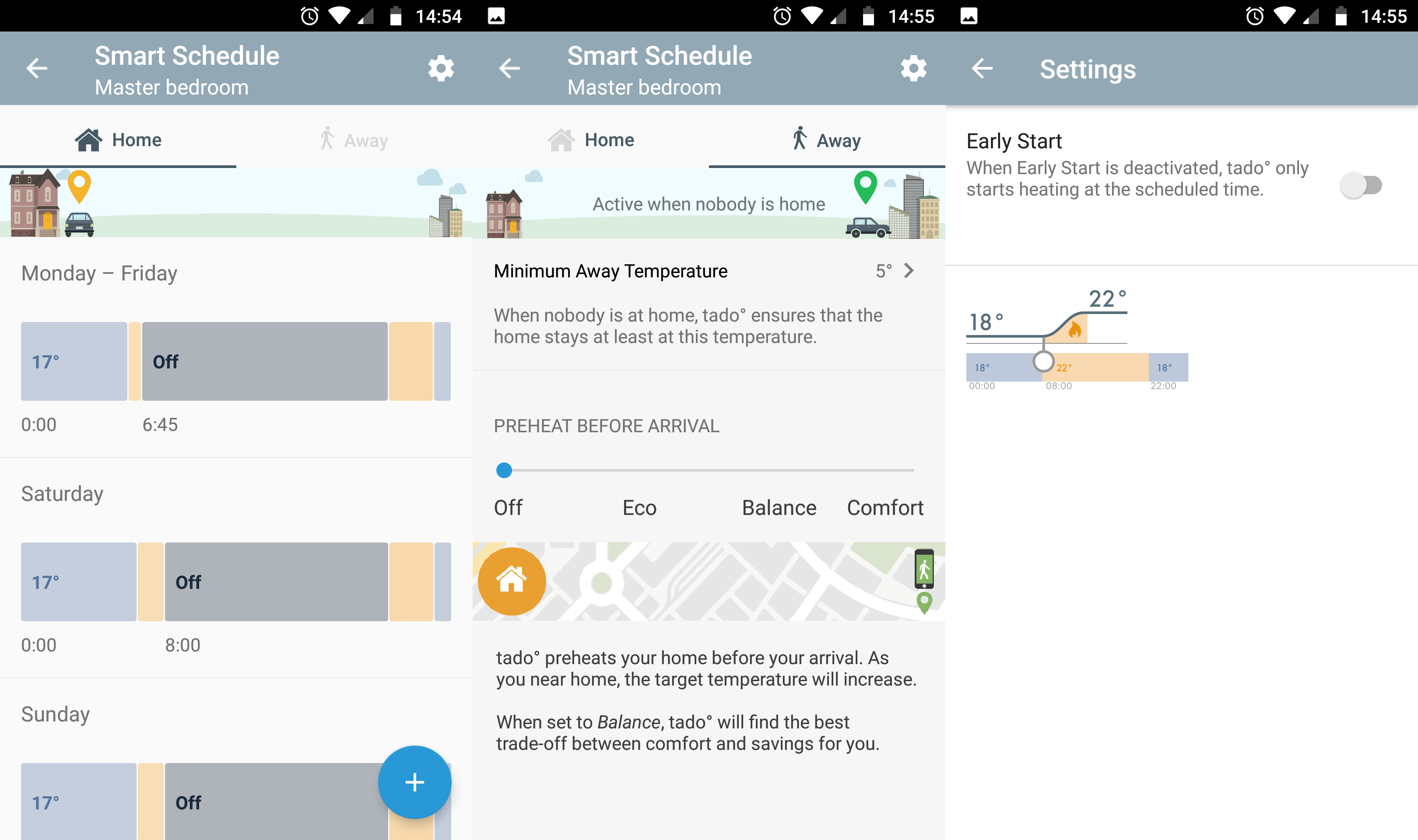
- 5. Get in the zone
Installing a multi-zone system such as Tado or Honeywell Evohome can save you a fortune, letting you heat only the rooms you’re using, when you’re using them. You can apply completely separate rules to zones – for example, getting kids’ rooms toasty for bedtime then keeping them at a comfortable 18℃ all night, while only heating your own bedroom later.
With Tado, you can buy the smart radiator valves and run them independently on any heating system. With this type of installation, you’ll benefit from individual room control, but your radiators can’t call for heat: that is, they can’t tell the boiler to turn on. Instead, your boiler will be controlled via the normal thermostat, it’s just that each room will be a better temperature.
Zones also help you exploit other heat sources in your house, such as laundry appliances, the oven or dishwasher. If you can delay their start, set appliances to run in the hour or so before you get up (or at the end of your Economy 7 period). Their warmth will reduce your heating’s workload.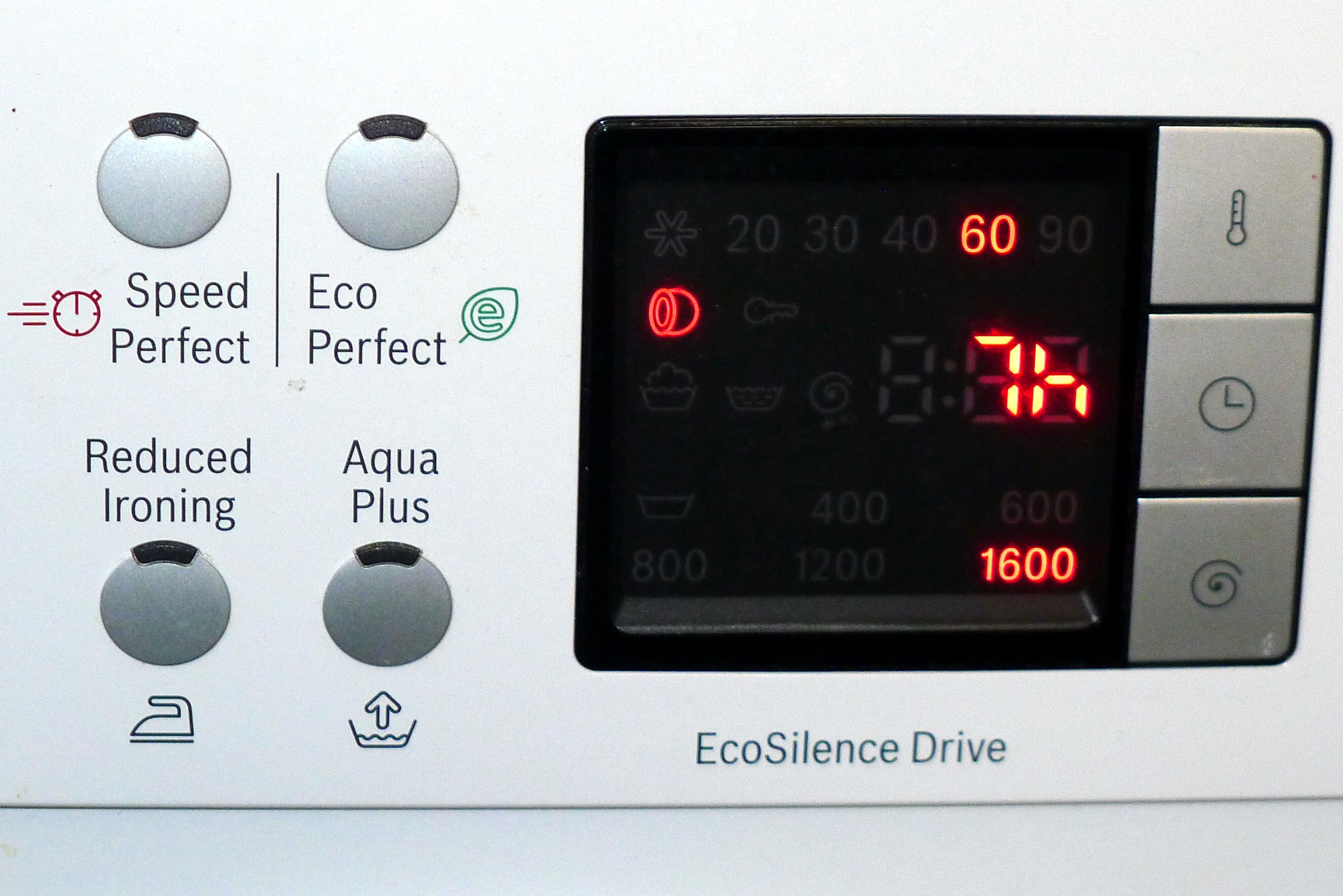
- Use the reports
One brilliant advantage of smart heating is that it tells you more about how your house heats and cools, and how your heating is performing. If something doesn’t work as expected, check the reports so you can work out what happened and tweak the schedule. If you want an extra rosy glow, let Tado’s Energy Savings Report tell you how you saved money for the month.
- Use modes to save money
Smart thermostats vary in the modes that they offer, but you’ll usually find a combination of these ones available that you can use. Here are the most common ones and what you should do with them. Geolocation uses your phone’s location to turn your heating off when you go out, and turn it on when you come home, saving money when you’re not at home. If you don’t have this option, then you can usually manually switch your thermostat to Eco mode, dropping the target temperature, when you go out, and turn the heating back on when you return.
Weather compensation is useful if you have it. Your thermostat will use the predicted temperature to lower your thermostat’s target temperature on a hot day. There’s usually a separate option to boost the target temperature on a very cold day, although turn this off to save money.
Optimal stop is a technology where the thermostat learns how your home heats up. It lets the heat shut off early, allowing for risdual heat from your radiators to push your home to its target temperature.
Optimal start is a similar tool, only it’s designed to turn your heating on early, so that it’s warm at the time you set in the schedule; by default, most thermostats turn the heating on a specific time, then it takes a while to warm your house.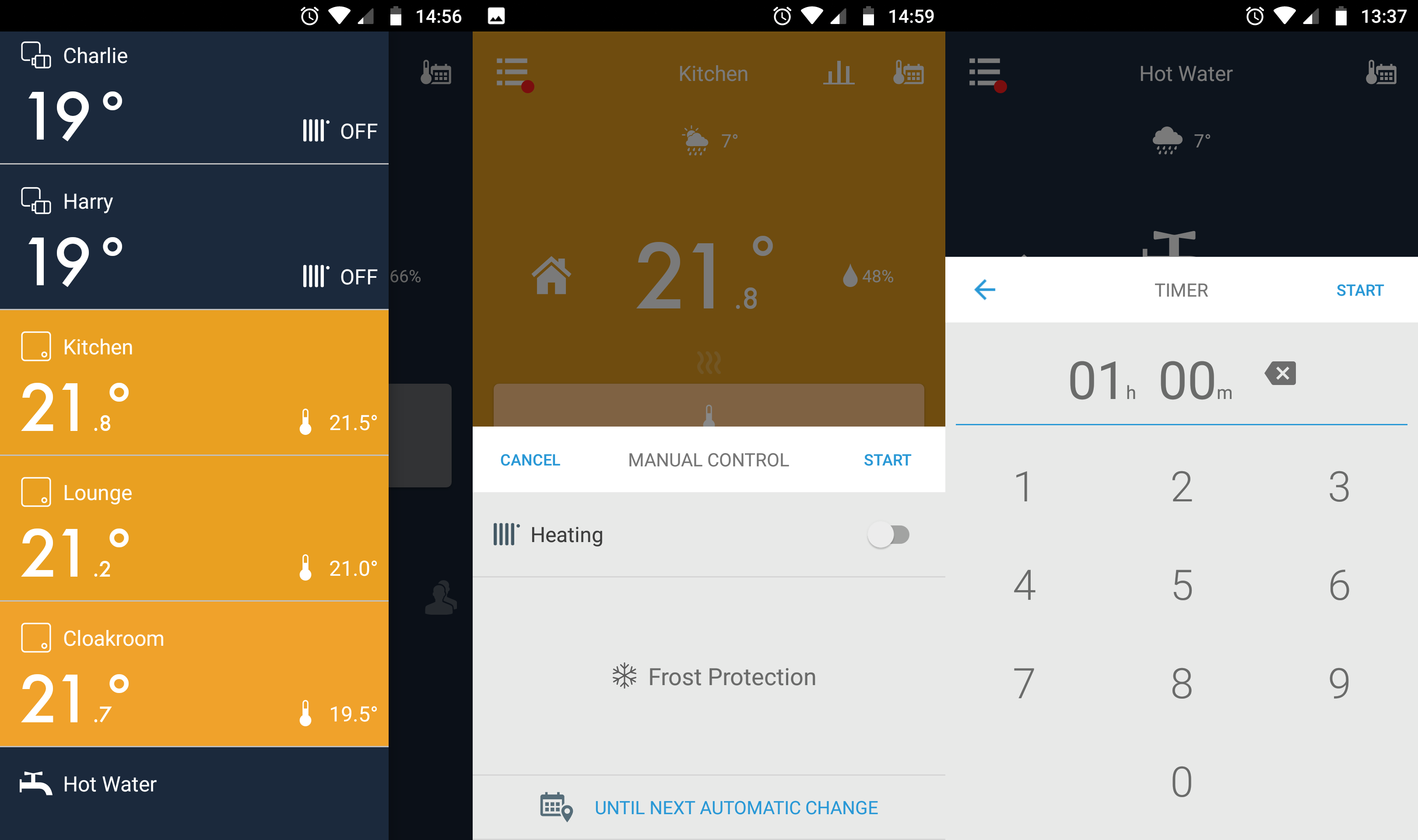
- Don’t leave your heating on all of the time
There’s a myth that leaving your heating on permanently saves more money, as you just have to keep your home topped up. This is nonsense, and leaving your heating on permanently uses significantly more energy: it’s more efficient to only heat your home to the required temperature when you need it.
FAQs
TRVs shut down the hot water supply to your radiators when they reach a set temperature (they’re usually adjustable in numbered steps, with 0 the coldest and the highest number the hottest). Boilers detect when the hot water return from your radiator is close to the water being pumped out, and then shut down. Having TRVs makes a boiler faster to respond and means that it’s off for more of the time.


